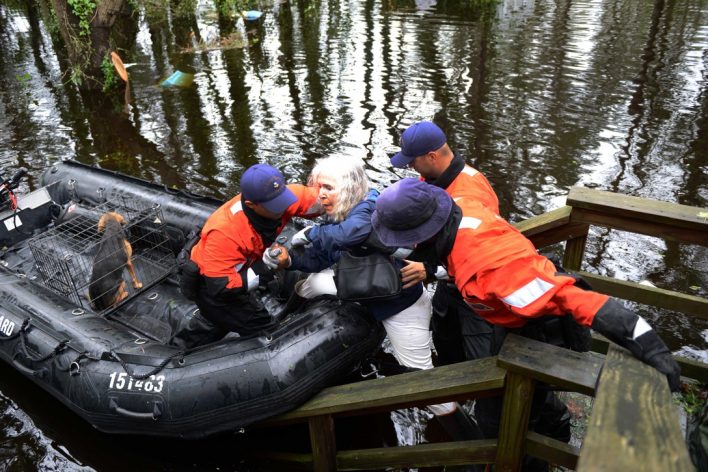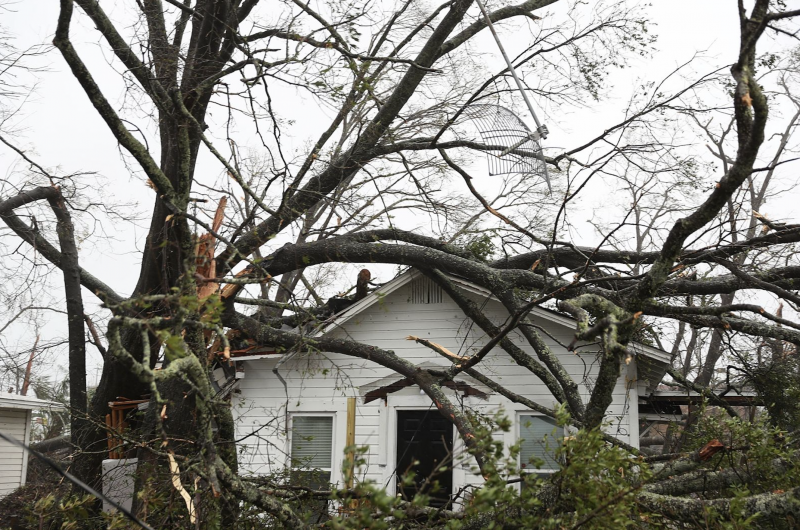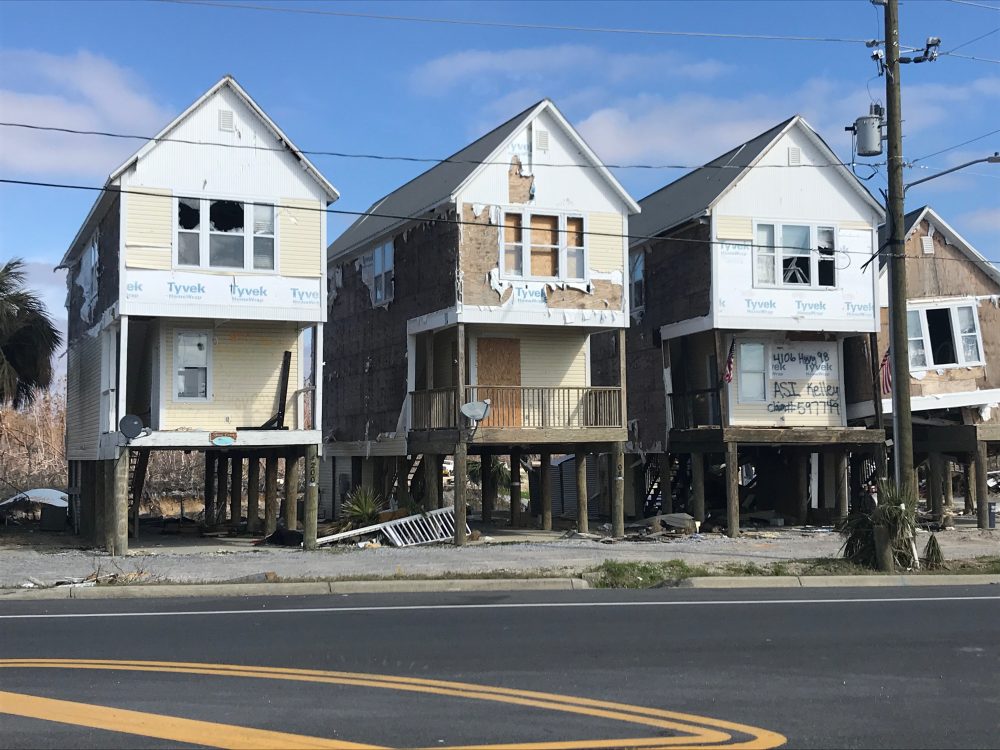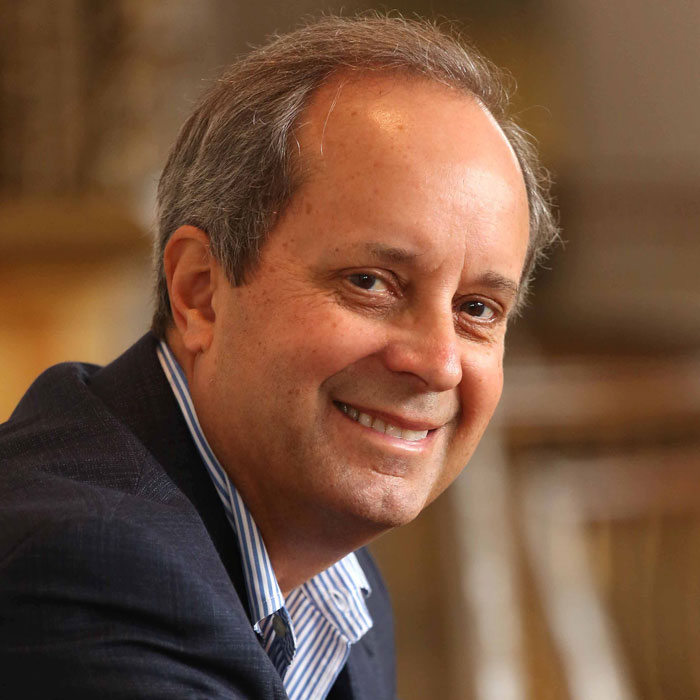When Did “Category 1” Mean We Could Stop Caring?
This time last week we believed Hurricane Florence would hit North Carolina as a Category 4 storm with a track that would go through the state, affecting millions of people. We held our collective breath, scrutinizing the ever-changing path of the slow-moving storm. As it turned out, part of the prediction was correct. Florence made […]


This time last week we believed Hurricane Florence would hit North Carolina as a Category 4 storm with a track that would go through the state, affecting millions of people. We held our collective breath, scrutinizing the ever-changing path of the slow-moving storm.
As it turned out, part of the prediction was correct. Florence made landfall in southeastern North Carolina . . . but as a Category 1. Its path steered away from the central part of the state, minimizing its impact on North Carolina’s major cities. Though heavy winds persisted and torrential rains soaked the state for days on the coast and inland, the predicted fury of Florence waned. And donors seemed to yawn.
According to Foundation Center, as of September 20, contributions from corporate and foundations in support of Hurricane Florence totaled $31.7 million. This is in the face of initial projections of $30 billion in damage. We must do better. Is it donor fatigue? Or does it seem to matter less when it’s not the catastrophic winds but historic levels of rain and flooding that leave our neighbors reeling? As the Washington Post noted, “the central problem with the Saffir-Simpson scale is that it measures only wind. It doesn’t capture such threats as coastal storm surge and heavy rainfall or say anything about the size of a hurricane.” Or deaths and destruction, I would add.
Many of the communities that were hit by Florence are the same ones still recovering from Hurricane Matthew in 2016. The long, slow recovery process in North Carolina will be compounded by flood waters filled with hog waste and a coal ash waste – adding even more toxins to the hazards normally found in floodwaters resulting in unhealthy living conditions and physical illnesses that plague individuals struggling to survive and recover for years to come.
It is up to those of us who understand that when the winds die down and the flooding recedes the story of a hurricane is not over. It has only just begun. We’ve seen it in Texas, and Puerto Rico, and Florida, and the U.S. Virgin Islands.
Our CDP 2018 Atlantic Hurricane Season Recovery Fund will support mid- to long-term recovery in the Carolinas and anywhere else the storms may hit. As our CDP Hurricane Harvey Recovery Fund experience underscores, one year after the hurricane, needs are greater than ever and, we must take the long view.
Funding today allows for future investments in the communities and the people whose dramatic photos will soon leave our screens but face a long, arduous road to become whole again.
More like this

Hurricane Michael: How Should We Respond?

